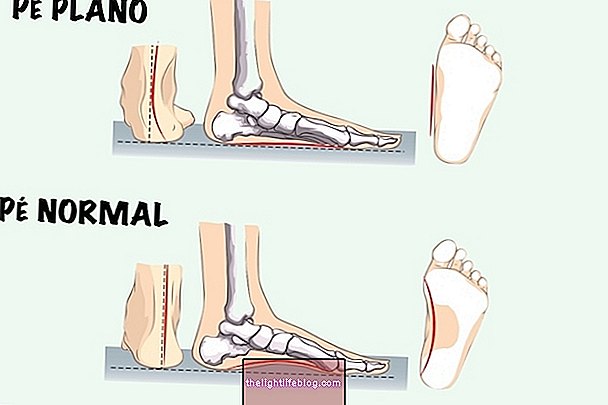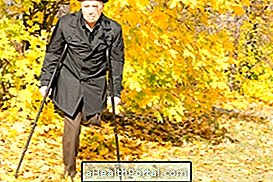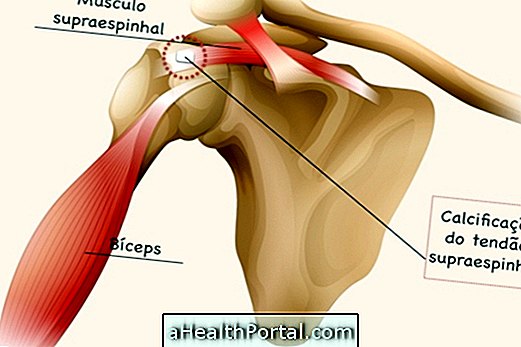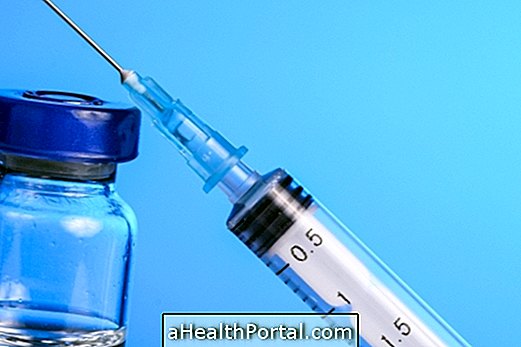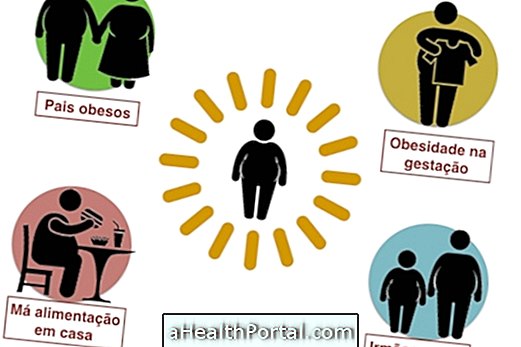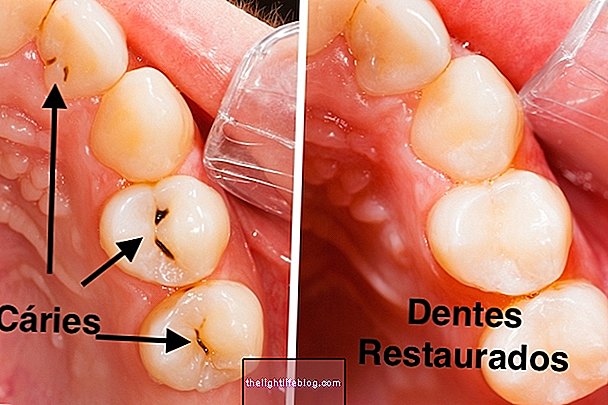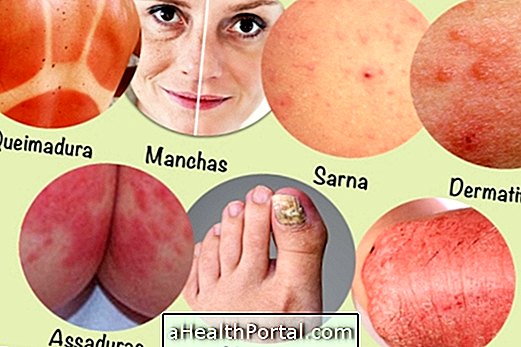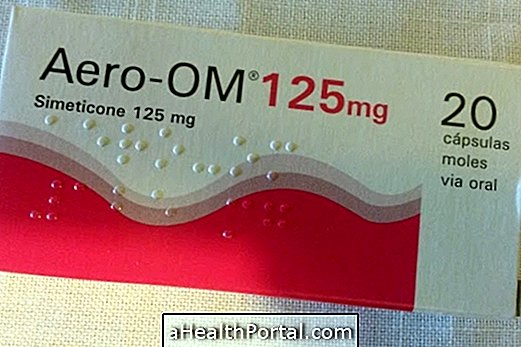Myositis is an inflammation of the muscles that causes it to weaken, causing symptoms such as muscle pain, muscle weakness and increased sensitivity of the muscles, which leads to difficulty performing some tasks such as climbing stairs, raising arms, standing up, walking or lift a chair, for example.
Myositis can affect any region of the body, and in some cases, the problem is solved with treatment that usually involves the use of remedies and exercises to maintain muscle strength. However, in other cases, myositis is a chronic, lifelong problem that can be relieved by treatment.

Possible symptoms
Symptoms associated with myositis usually include:
- Muscle weakness;
- Constant pain in the muscle;
- Weight loss;
- Fever;
- Irritation;
- Loss of voice or nasal voice;
- Difficulty swallowing or breathing.
These symptoms may vary depending on the type and cause of myositis, so whenever abnormal muscle fatigue is suspected, it is important to consult a general practitioner or a rheumatologist to identify the problem and initiate appropriate treatment.
Main causes and how to treat
According to their cause, myositis can be divided into several types. Some of these types are:
1. Ossific myositis
Progressive ossificular myositis, also called progressive ossifying fibrodysplasia, is a rare genetic disease in which muscles, ligaments and tendons gradually become bone due to trauma such as bone breakage or muscle injury. Its symptoms usually include loss of movement in joints affected by the disease, leading to inability to open the mouth, pain, deafness or difficulties in breathing.
How to treat : There is no treatment that can cure myositis ossificans, however, it is important to follow up frequently with the doctor to relieve symptoms that may arise. Learn more about what ossificating myositis is.
2. Childhood myositis
Childhood myositis affects children between 5 and 15 years of age. Its cause is not yet known, but is a disease that causes muscle weakness, reddened skin lesions and generalized pain, which leads to difficulty climbing stairs, dressing or combing hair or difficulty swallowing.
How to treat : with the use of corticosteroid and immunosuppressive drugs prescribed by the pediatrician, as well as regular practice of physical exercise to help maintain muscle strength.
3. Infectious myositis
Infectious myositis is usually caused by an infection such as influenza or even trichinosis, which is an infection that occurs from the ingestion of raw or undercooked pork or wild animals, causing symptoms such as muscle aches, muscle weakness, and flu, coryza and fever.
How to treat : One should do the treatment of the disease that is causing the inflammation of the muscles, however, the doctor may also prescribe corticosteroid remedies like Prednisone to reduce inflammation more quickly.
4. Acute viral myositis
Acute viral myositis is a rare type of disease that makes the muscles inflamed, weakened and painful. HIV and common cold viruses can cause this muscle infection. Symptoms develop rapidly and the patient may even be unable to get out of bed with such pain and weakness during infection.
How to treat : use of antiviral medications or steroids prescribed by your doctor to relieve symptoms. In addition, it is also recommended to maintain adequate fluid intake to avoid dehydration, as well as rest until symptoms disappear.
